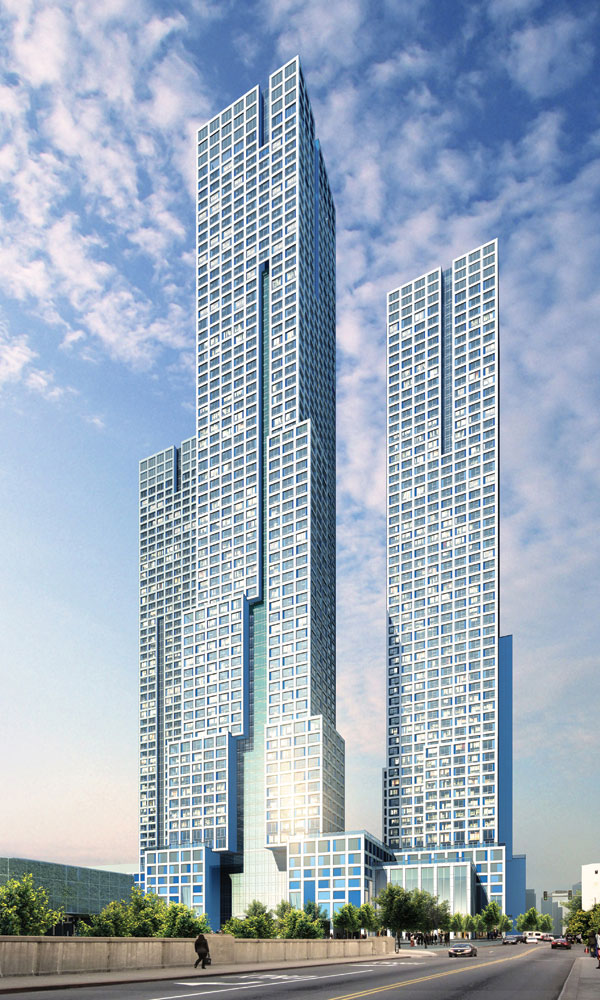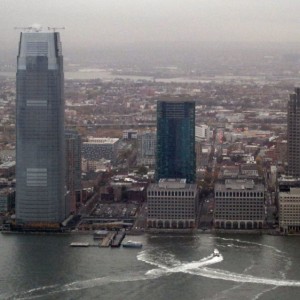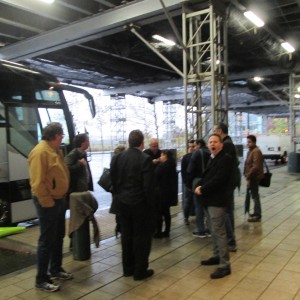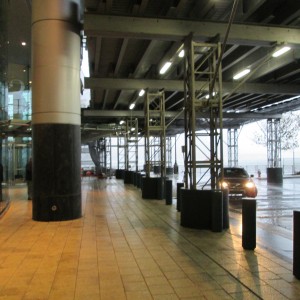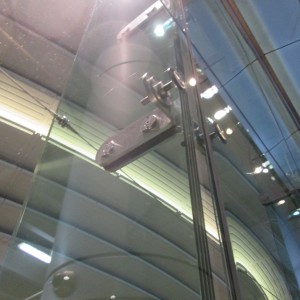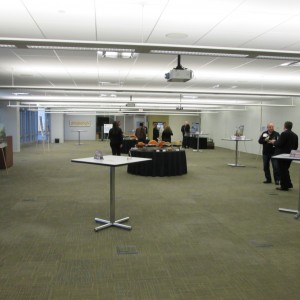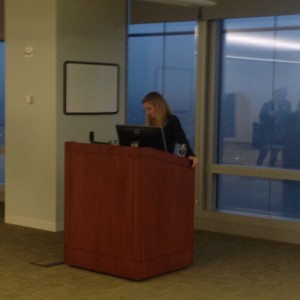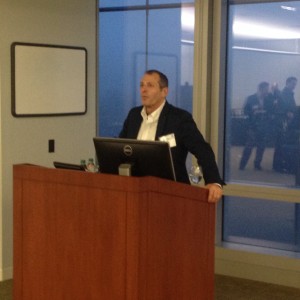Jersey City Urban Tour & Reception
Report by Daniel Safarik
This tour was kindly supported/organized by:

In the past decade and a half, Jersey City has been transformed from a post-industrial backwater to a mini-Manhattan across the Hudson. Conference attendees were able to experience this rapidly changing but historic city under the guidance of two sets of people who know it very well – developers Hoboken Brownstone Co. and the Jersey City Planning Department. Daniel Gans, CEO and George Vallone, Founder, Hoboken Brownstone took the first half, narrating the fascinating history of the Hudson shoreline in the communities of Weehawken and Hoboken, pointing out new developments, sites of interest as well as residential retrofits of old factories, such as the Maxwell House coffee plant. Generally, those developments that addressed the street, were near transit nodes, and maintained the street wall have done better than those created in a more isolated, auto-dependent fashion, Vallone said.
The second half of the tour was guided by Robert Cotter, Planning Director of Jersey City, who has held the position more than 25 years. During this time he has presided over great change, and his lively narrative reflected this. The tour passed high-intensity development zones such as Journal Square, a major transit junction where a cluster of towers is rising to rival those along the city’s waterfront. The bus also passed by small-scale residential streets with frame houses, as well as the grand 1930s multi-tower Margaret Hague Maternity Hospital, now converted into a condominium development called the Beacon. Also seen were areas where the magic wand of investment has yet to wave, as Jersey City cleans up after its prosperous but highly polluting industrial past and makes way for its future.
The Jersey City Tour ended with a networking reception at the city’s tallest building, 30 Hudson Street, hosted by owner Goldman Sachs. Here, a lucky few had the chance to visit the top floor of the tower. Although the plan had been to soak in a marvelous view of the New York City skyline across the Hudson River, the weather did not cooperate, instead soaking the top halves of most of the buildings in a cloak of rain. If the views were somewhat obscured, this nevertheless allowed attendees to focus on becoming more intimate with the vast knowledge of their hosts and other guests in a relaxing setting.
This tour was kindly supported/organized by:

In the past decade and a half, Jersey City has been transformed from a post-industrial backwater to a mini-Manhattan across the Hudson. Conference attendees were able to experience this rapidly changing but historic city under the guidance of two sets of people who know it very well – developers Hoboken Brownstone Co. and the Jersey City Planning Department. Daniel Gans, CEO and George Vallone, Founder, Hoboken Brownstone took the first half, narrating the fascinating history of the Hudson shoreline in the communities of Weehawken and Hoboken, pointing out new developments, sites of interest as well as residential retrofits of old factories, such as the Maxwell House coffee plant. Generally, those developments that addressed the street, were near transit nodes, and maintained the street wall have done better than those created in a more isolated, auto-dependent fashion, Vallone said.
The second half of the tour was guided by Robert Cotter, Planning Director of Jersey City, who has held the position more than 25 years. During this time he has presided over great change, and his lively narrative reflected this. The tour passed high-intensity development zones such as Journal Square, a major transit junction where a cluster of towers is rising to rival those along the city’s waterfront. The bus also passed by small-scale residential streets with frame houses, as well as the grand 1930s multi-tower Margaret Hague Maternity Hospital, now converted into a condominium development called the Beacon. Also seen were areas where the magic wand of investment has yet to wave, as Jersey City cleans up after its prosperous but highly polluting industrial past and makes way for its future.
The Jersey City Tour ended with a networking reception at the city’s tallest building, 30 Hudson Street, hosted by owner Goldman Sachs. Here, a lucky few had the chance to visit the top floor of the tower. Although the plan had been to soak in a marvelous view of the New York City skyline across the Hudson River, the weather did not cooperate, instead soaking the top halves of most of the buildings in a cloak of rain. If the views were somewhat obscured, this nevertheless allowed attendees to focus on becoming more intimate with the vast knowledge of their hosts and other guests in a relaxing setting.


